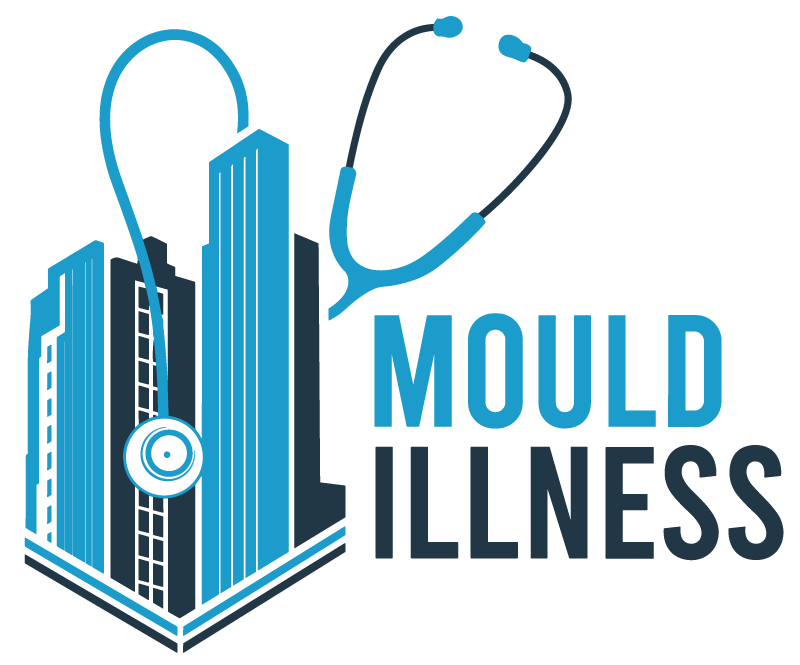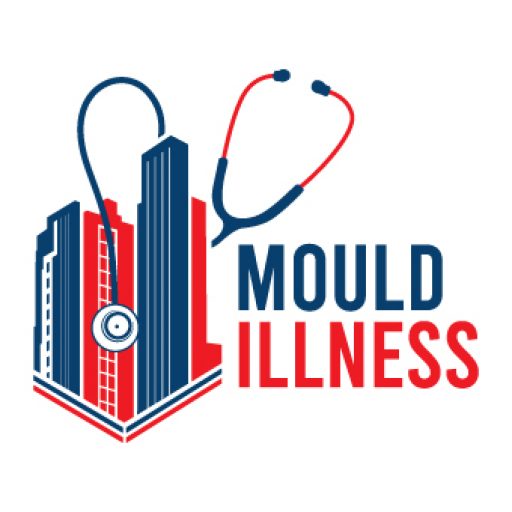Medical Professional

Medical professional
Dear Medical professional, our objectives on this web site and through our services are to assist you treat your patient symptoms and improve their health by reducing exposure to health triggers and inflammatory response thereby allowing your treatment to be more effective. Once we identify contamination and causation, we can provide the most suitable decontamination and or risk reduction protocols to fit budget, urgency or efficacy. See our decontamination page
These two coroners reports contradict the post mortem findings. For information on how we can assist you
Jan 2023 Was the coroner misled by expert opinion at the inquestof Awaab Ishak?

Coroner rules mouldy damp house did not cause 27 year old Luke Brooks death
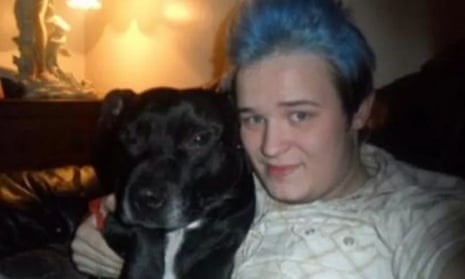
The central issue for any inquest is to identify the cause of death and then answer who, why, where and how.
Email here info@mouldillness.uk and we will respond .

The following guide may assist in treatment and or requests for specialist testing and analysis of contamination.
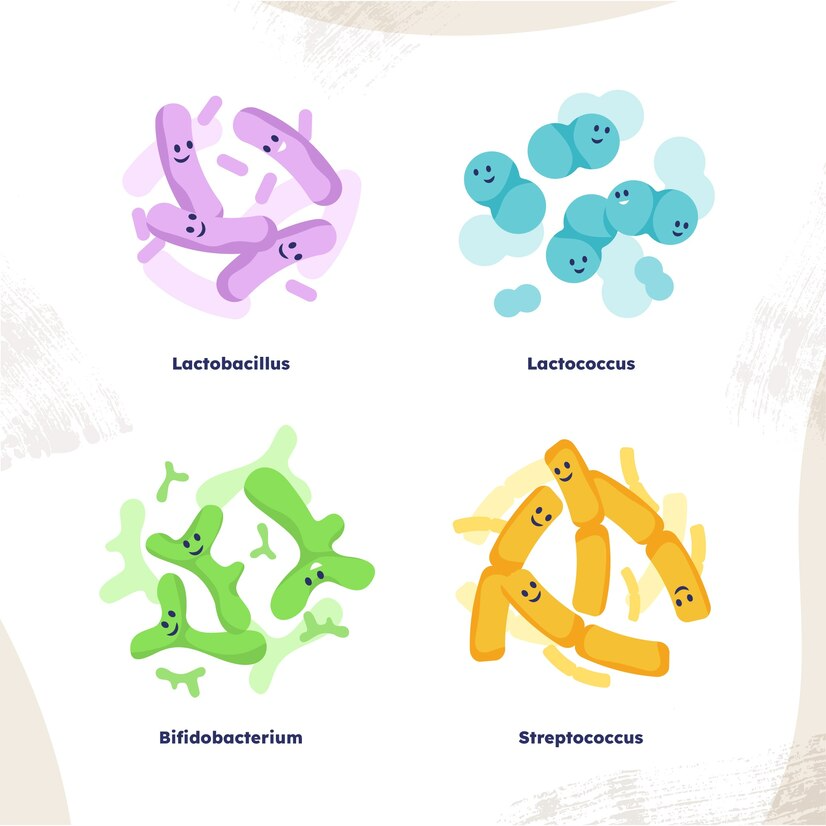
VIP - Vasoactive Intestinal Polypeptide Normal Range: 23-63 pg/mL
MSH - Melanocyte Stimulating Hormone Normal Range: 35-81 pg/mL
Alpha melanocyte stimulating hormone (MSH) has multiple anti-inflammatory and neurohormonal regulatory functions, exerting regulatory control on peripheral cytokine release, as well as on both anterior and posterior pituitary function.

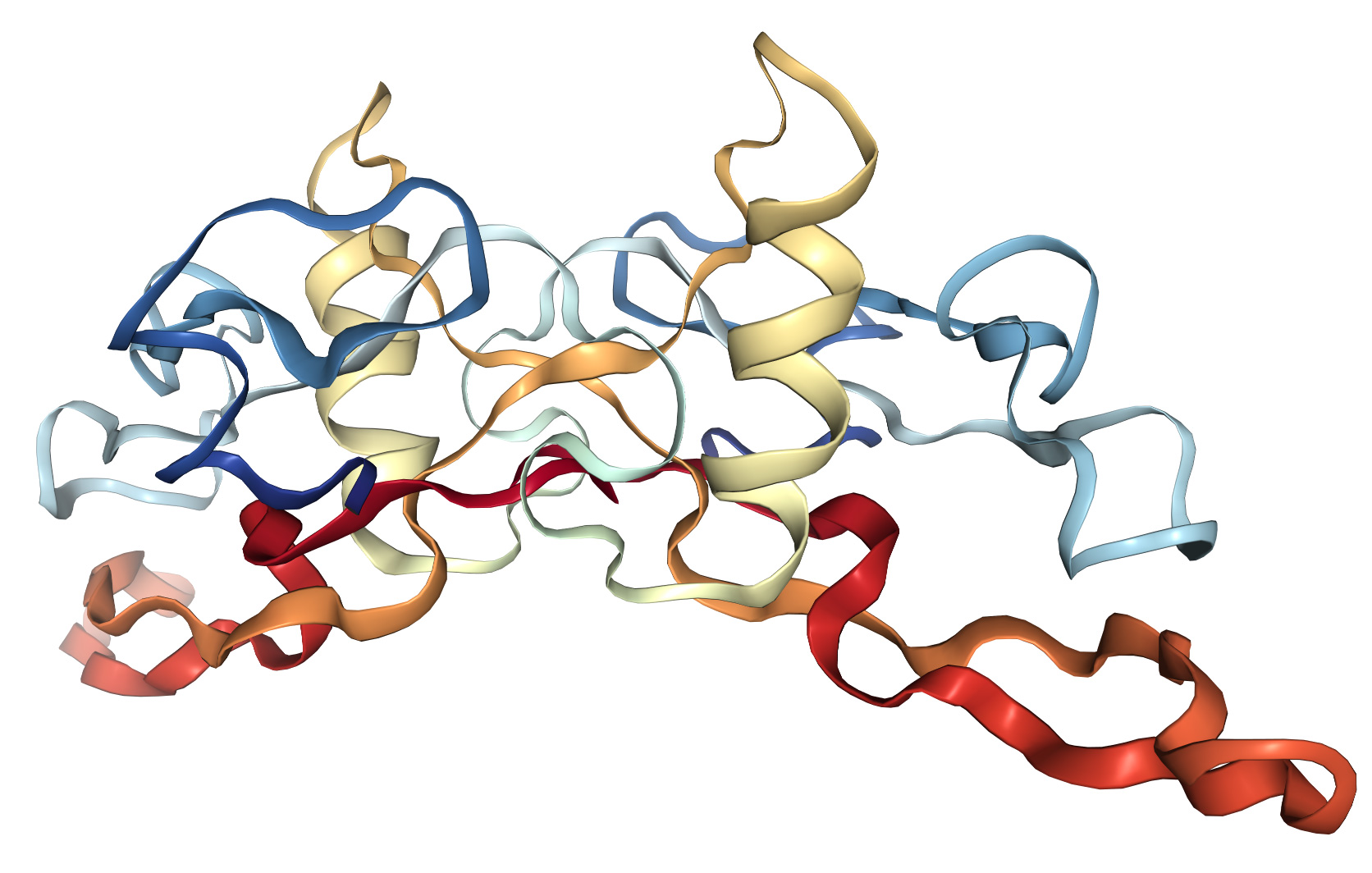
TGF Beta-1 - Transforming Growth Factor Beta-1 Normal Range: <2380 pg/ml
Lab Tests for Mold Illness - Secrets of Survival
The laboratory tests that are ordered are blood tests done in labs around the world, and paid for by insurance companies. These tests hold the secrets of surviving mold illness. The names may be foreign to you, but since they are the things that hold the secrets to Surviving Mold, meet them today and perhaps know them as friends tomorrow.You don’t need to be an expert to read further, but you should not turn away from learning more. Take the time to learn the language of mold illness and this site will try to make things as understandable as possible.No one says learning is easy, but that doesn’t mean you can skip the learning process when it’s your illness. Knowledge is power
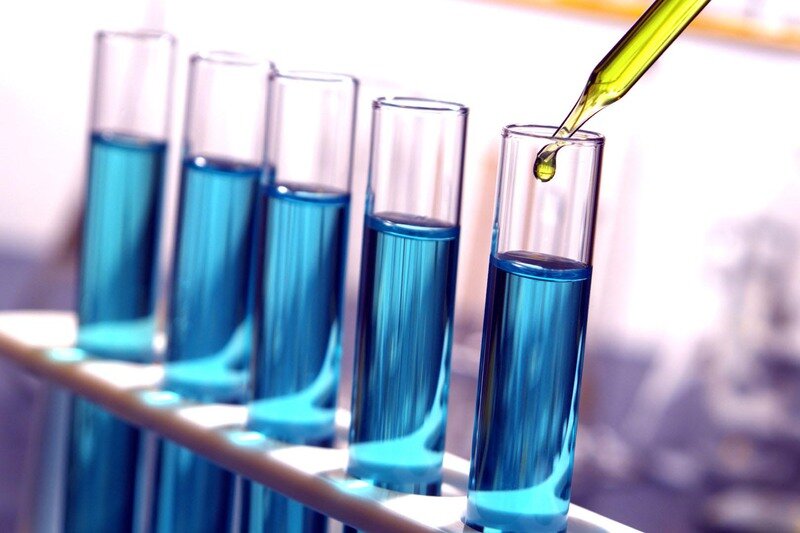
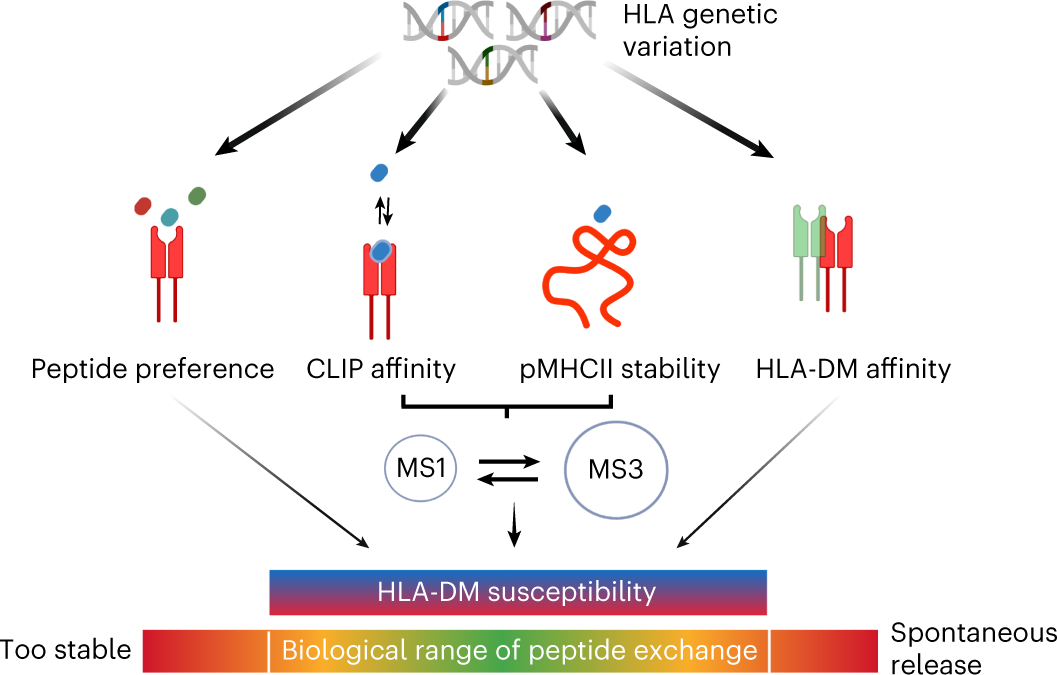
Lab Tests for Mold Illness - Secrets of Survival
Human Leukocyte Antigens (HLAs), are found on the surface of nearly every cell in the human body. They help the immune system tell the difference between body tissue and foreign substances.
The immune response genes are found on chromosome six. Patients could have two alleles, copies of genes (for each gene, one allele is inherited from a person’s father, and the other is inherited from a person’s mother), out of approximately 10 possible, as part of their genotype. Based on Dr. Shoemaker’s data, in normal populations compared to international registries of gene frequencies of HLA DR, we know the frequency of mold illness-susceptible patients approximates 24% of the normally distributed population. Almost a quarter of the normal population is genetically susceptible to chronic mold illness. Three quarters isn’t.
| DRB1 | DQ | DRB3 | DRB4 | DRB5 | |
|---|---|---|---|---|---|
| Multisusceptible | 4 | 3 | 53 | ||
| 4 | 3 | 52B | |||
| 11/12 | 5 | 52A, B, C | |||
| Mold Susceptible | 14 | 2/3 | 53 | ||
| 7 | 6 | 52A | |||
| 13 | 2 | 52A | |||
| 17 | 4 | 52A | |||
| Borrelia, post Lyme Syndrome | 18* | 6 | 51 | ||
| 15 | 7/8 | 51 | |||
| Dinoflagellates | 16 | 5 | 53 |
| Multiple Antibiotic Resistant Staph Epidermis (MARCoNS) | 11 | 7 | 52B | ||
|---|---|---|---|---|---|
| No recognized significance | 8 | 3,4,6 | 52B | ||
| Low-risk Mold | 7 | 9 | 53 | ||
| 12 | 7 | 52B | |||
| 9 | 9 | 53 | |||
AGA IgA/IgG Normal Range: 0-19
VEGF Normal Range: 31-86 pg/mL
Vascular endothelial growth factor (VEGF) is a substance made by cells that stimulates new blood vessel formation and increases blood flow in the capillary beds. VEGF is a polypeptide. Deficiency of VEGF is quite common and is a serious problem in biotoxin illness patients that must be corrected. If you don’t have blood flow, cells begin starve and don’t work properly.
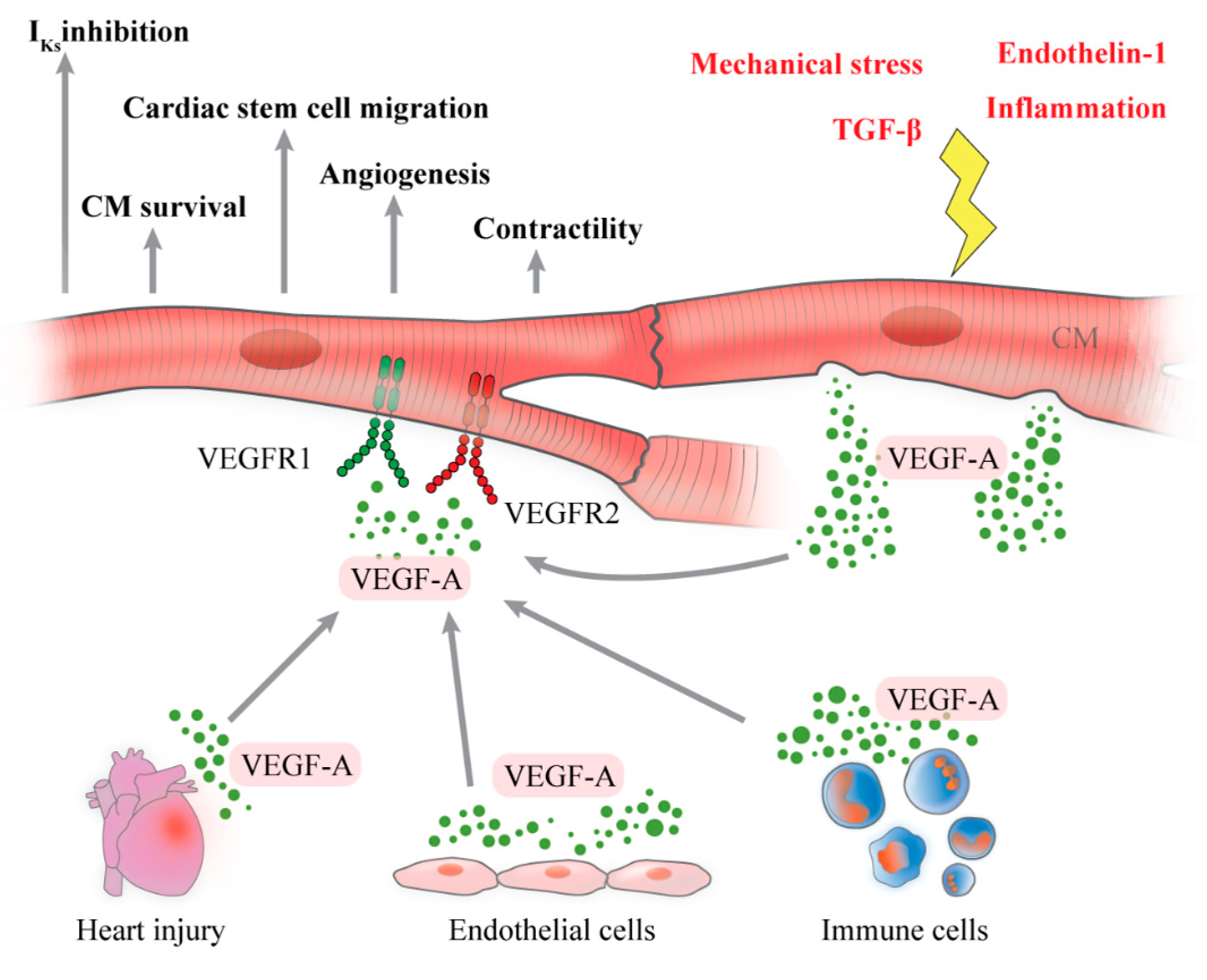
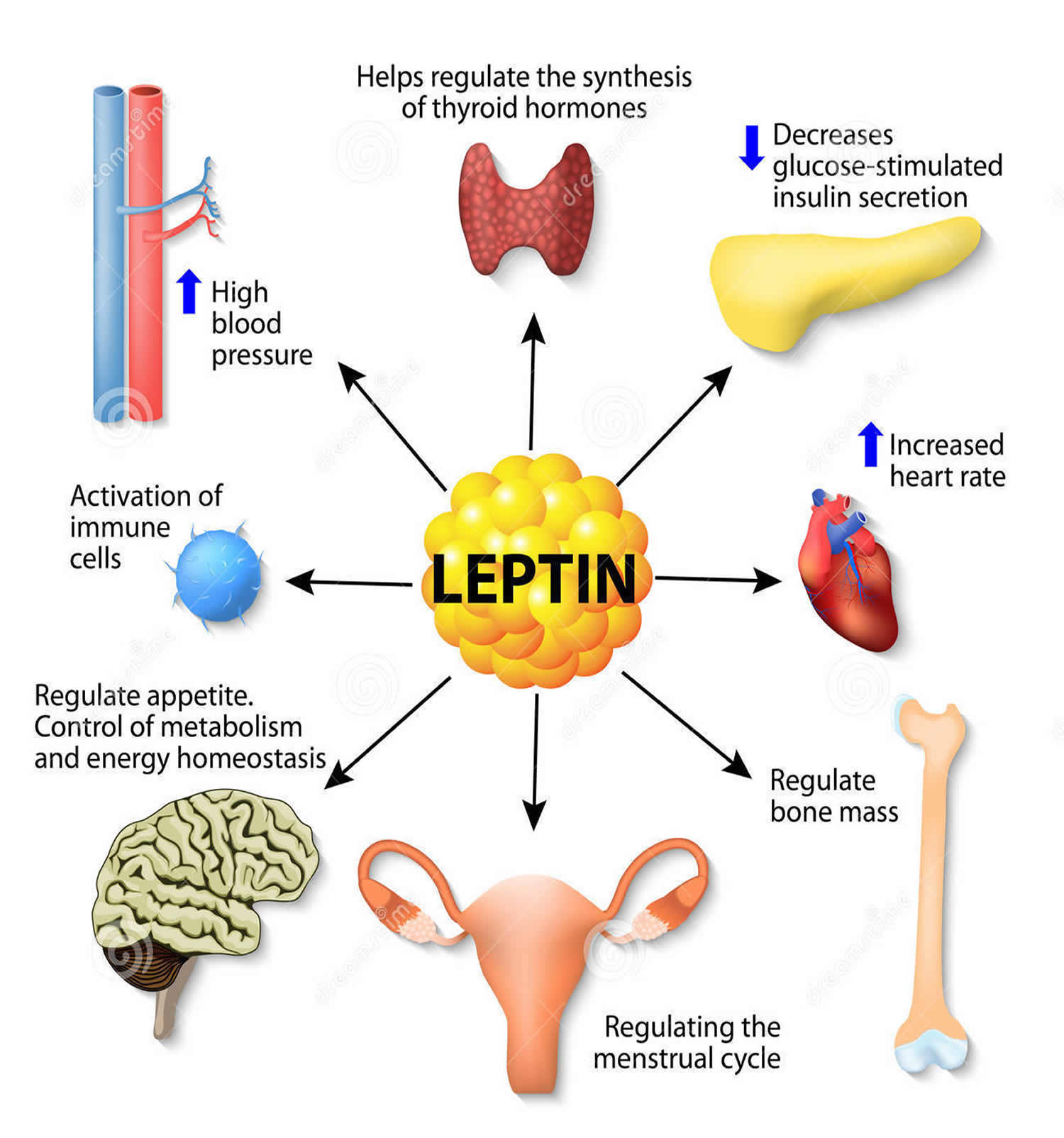
Leptin Normal Range: Male: 0.5-13.8 ng/mL; Female: 1.1-27.5 ng/mL
Analysing blood and confirming genetics and or blood markers simply confirms vulnerabilities but does nothing to improve symptoms. Practitioners must interpret lab analysis and understand how to monitor treatment progress.
